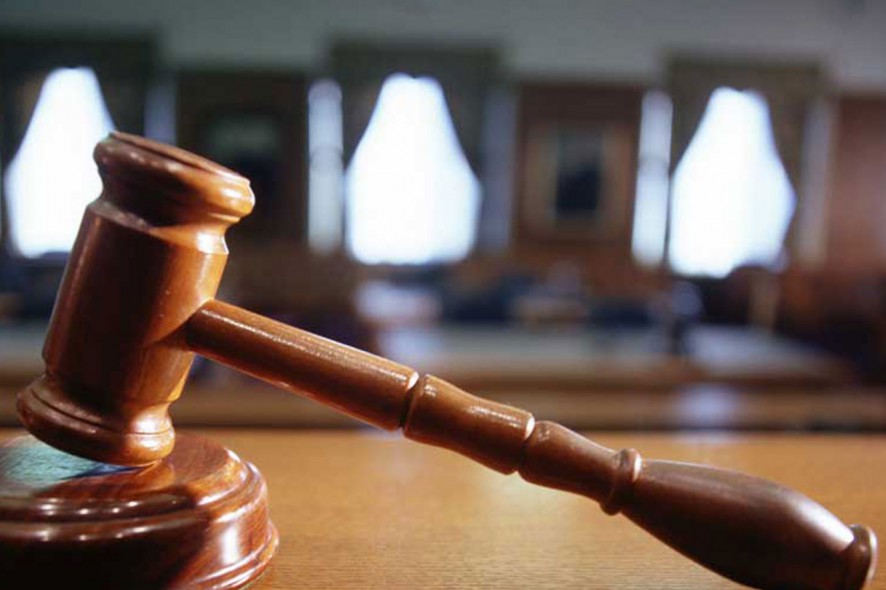Indian judiciary has taken up a much-needed active role in the policies of the nation. Rather than being silent spectators to the policies or passive onlookers to lack thereof, Indian judiciary has rightly protected the citizens by judicial activism. Indian courts are not finding opportunities for judicial activism, adventurism or overreach but are compelled to do so because of legislative and executive inaction that deprive citizens of the basic freedom i.e. right to life, right to breathe clean air, right to proper livelihood, right to sleep, etc. guaranteed by Article 21. One of the most prominent developments from judicial activism has been in environmental jurisprudence. The lack of proper policies, incompetency to implement laws and absence of capable authorities has compelled courts to overstep their power, rightfully so in many environment cases, where the Government and public authorities have failed to take appropriate steps and ensure the safety and peace of mind of citizens guaranteed by the Constitution.
passive onlookers to lack thereof, Indian judiciary has rightly protected the citizens by judicial activism. Indian courts are not finding opportunities for judicial activism, adventurism or overreach but are compelled to do so because of legislative and executive inaction that deprive citizens of the basic freedom i.e. right to life, right to breathe clean air, right to proper livelihood, right to sleep, etc. guaranteed by Article 21. One of the most prominent developments from judicial activism has been in environmental jurisprudence. The lack of proper policies, incompetency to implement laws and absence of capable authorities has compelled courts to overstep their power, rightfully so in many environment cases, where the Government and public authorities have failed to take appropriate steps and ensure the safety and peace of mind of citizens guaranteed by the Constitution.
A country riddled with power, poverty and pelf, with the legislature and executive in the nucleus of it, it is imperative for judiciary, an authoritative independent unbiased body, to guarantee human rights to citizens. Kesavananda Bharati[1], Maneka Gandhi[2] and S.P. Gupta[3] has opened floodgates for judicial activism. In Kesavananda Bharati[4] CJI Sikri authored the basic feature doctrine that till date remains the bedrock of the Indian Constitution. Maneka Gandhi[5] vested power with the Court to adjudge if a particular action, matter, policy or even law was just, fair and moral. The Indian Court is vested with the power of judicial review under Articles 32 and 226 with the aid of writs and public interest litigation (PIL), the Supreme Court and the High Court have been able to deal with series of public grievances and flagrant basic human right violations by the State.
In Municipal Council, Ratlam v. Vardichan[6], Court held that it was compelled to overstep its power because of the “callous public bodies habituated to deleterious inaction[7]”. Inaction by municipal authorities to eliminate stink and stench of open drains, forced the Court, while upholding Article 21— right to life, to order municipal authorities to take immediate actions to provide basic amenities to residents and construct sufficient drains and provide water supply. In Goa Foundation v. Konkan Railway Corpn.[8], the Court while noting that although the Government was not powerless to act but just chose not to, ordered the lethargic Government to take action against pollution caused by mines. In M.C. Mehta v. State of Orissa[9], the Court while upholding Article 21 — right to life, established a law of “polluter pays” and “absolute liability”, when State functionaries failed to take appropriate measures and eradicate problems of proper dumping of waste materials. In 2005, because of the absence of appropriate action taken by the Government, the Court ordered a complete ban on sound emitting firecrackers from 10 p.m. to 6 a.m. in the light of Article 21— right to life[10]. Seeing the soaring air pollution rate during Diwali in the previous year, in 2017, the Court, upholding Article 21 — right to breathe clean air and noting “the response of the Government [being] lethargic with the absence of any keenness to take proactive steps[11]”, ordered ban on the sale of firecrackers because of Government’s incompetence to issue necessary directions. In each of such judgments, the judiciary has rightfully overstepped its powers only because of the legislature’s and executive’s inaction to ensure the basic right to life to its citizens.
Surely, even after the much-needed orders passed by the courts in such gross violations of human rights, the judiciary’s competence to act outside its scope remains a point of contention as it defeats the doctrine of separation of powers. At the same time, courts are supposed to and entitled to exceed its scope of its mandate to protect interests of the public to fill the voids left by the legislature and the executive[12]. The judiciary inherently is the sentinel qui vive — watchdogs on the lookout[13]. Courts have rightly viewed human rights and environmental protection on the same footing and while acting as the guardian of fundamental rights has protected the right of each individual in regard to environment under Article 21. It is contended that judiciary is not a competent body in such cases as it is not a representative body. Justice A.K. Goel, while striking down National Judicial Appointments Commission (NJAC), held that “even if the judiciary is not an elected body today, it discharges constitutional functions as per the will of the people reflected in the Constitution and the task determining the powers of various Constitutional organs is entrusted to the judiciary”[14]. It is well established that the judiciary is the watchdog of the nation and it ought to/should overstep its boundaries to maintain safety, peace and order. The courts are rightly entitled to participate actively in the welfare and betterment of the society and impose rules and regulations be it in cases of environmental degradation[15], custodial violence[16], education reforms[17], corruption in private organisations[18], illegal slaughter[19], sexual harassment[20], etc. to ensure right to life to citizens guaranteed by Article 21 that is infringed or overlooked by the incompetence and inaction of responsible authorities.
[1] Kesavananda Bharati v. Union of India, (1973) 4 SCC 225.
[2] Maneka Gandhi v. Union of India, (1978) 1 SCC 248.
[3] S.P. Gupta v. Union of India, 1981 Supp SCC 87.
[6] (1980) 4 SCC 162 : AIR 1980 SC 1622.
[7] Ibid.
[8] 1992 SCC OnLine Bom 205 : AIR 1992 Bom 471.
[9] 1992 SCC OnLine Ori 19 : AIR 1992 Ori 225.
[10] Noise Pollution (V), In re, (2005) 5 SCC 733.
[11] Arjun Gopal v. Union of India, 2017 SCC OnLine SC 1071, para 58.
[12] Sathe S.P., Judicial Activism in India, Oxford University Press, 2003.
[13] Nariman Fali, V.R. Krishna Iyer Memorial Lecture Series — The Super Judge, 2016.
[14] Supreme Court Advocates-on-Record Assn. v. Union of India, A.K. Goel J., (2016) 5 SCC 1, 723, para 1070.
[15] Arjun Gopal v. Union of India, 2017 SCC OnLine SC 1071 .
[16] Nilabti Behera v. State of Orrisa, (1993) 2 SCC 746 (Ss. 41-A, 41-B, 41-C, 41-D of CrPC).
[17] Christian Medical College v. Union of India, (2014) 2 SCC 305.
[18] Board of Control for Cricket in India v. Cricket Assn. of Bihar, (2017) 2 SCC 333.
[19] K. Ragu Rama Krishna Raju v. State of A.P., (2015) 3 SCC 550.
[20] Vishaka v. State of Rajasthan, (1997) 6 SCC 241.







